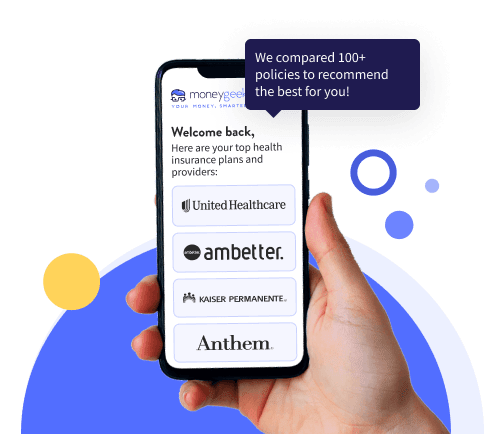In the United States, there is no single universal health insurance program. Instead, American health insurance is like a patchwork. According to the Kaiser Family Foundation (KFF), half of Americans are covered through their job or a family member’s job. Another third have government-sponsored insurance, including 20% who qualify for Medicaid — publicly funded health insurance for lower-income people — and 14% who have Medicare for older or disabled Americans.
MoneyGeek explains each of these types of health insurance so you can figure out what you might be eligible for and how to find the right health insurance for you.


